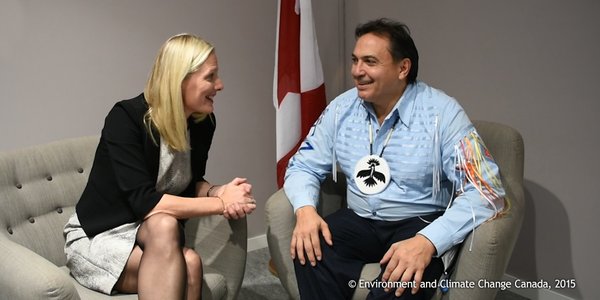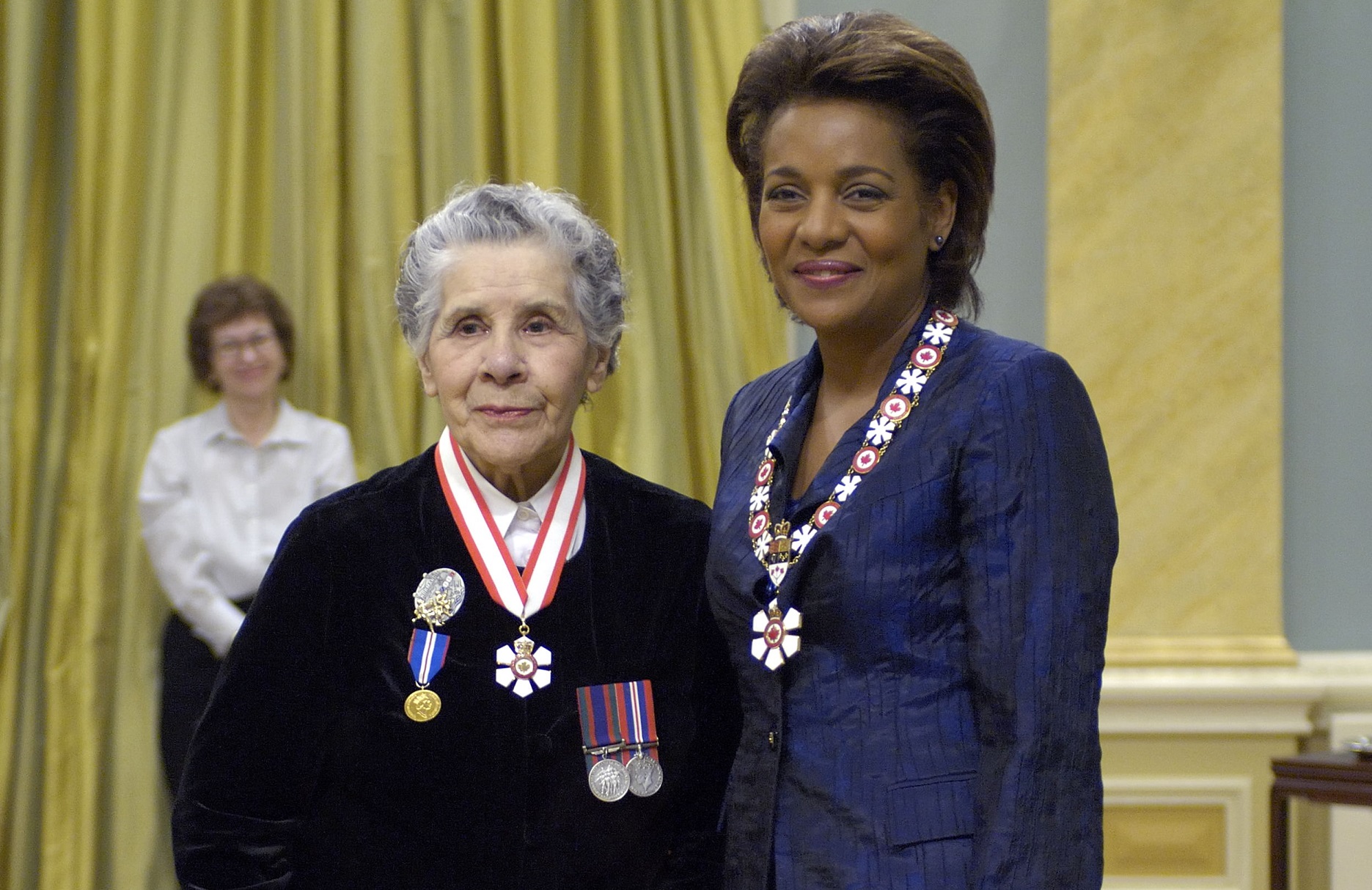Article
Assembly of First Nations
The Assembly of First Nations (AFN) is a political organization representing approximately 900,000 First Nations citizens in Canada. The AFN advocates on behalf of First Nations on issues such as treaties, Indigenous rights, and land and resources. The AFN's Chiefs assemblies are held at least twice a year, where chiefs from each First Nation pass resolutions to direct the organization’s work. There are over 600 First Nations in Canada.














